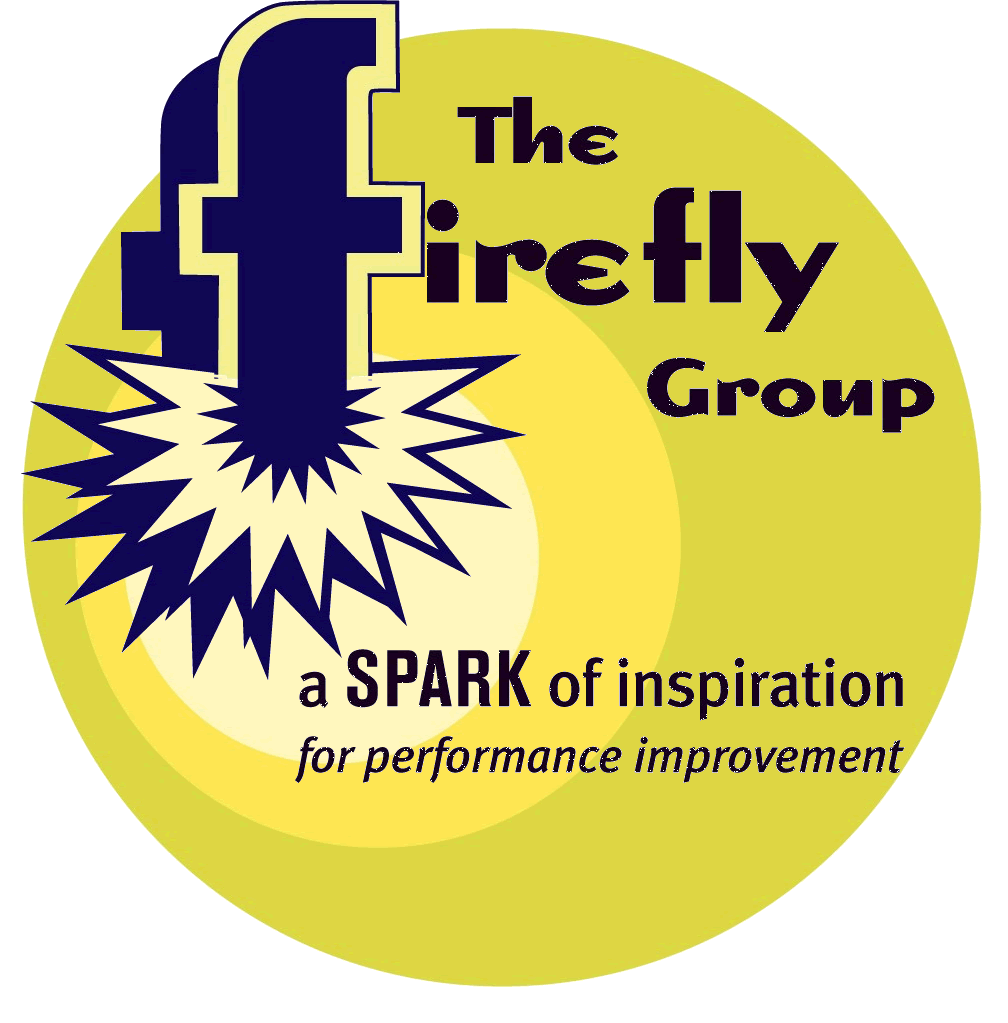


August 2009
In this Issue: BONUS Mindmapping Ideas from You
|
Say
It Quick |
Discoveries bits of serendipity to inspire and motivate |
Ideas fuel for your own continuous learning |
Activities tips and tricks you can try today |
| Management Training | The X-Ball | Get a Handle on Your Job | Grow Your Brain |
The Latin root of the word management is manus, the word for hand. Notice the repeated references to hands in this issue beginning with this 99 Word story.
Management
Training
To juggle three scarves, hold two in your right hand and one in your left.
Toss one scarf from the right then one from the left. As your left arm descends,
snatch the first scarf out of the air. With your right, throw the third scarf
and catch the second on the way down. Alternate your throwing hands; catching
as the same hand drops.
The tricky part: if you watch the scarf you just threw, you won’t be ready to catch the next.
To be successful, anticipate, watch what’s coming next, and don’t worry about the past.
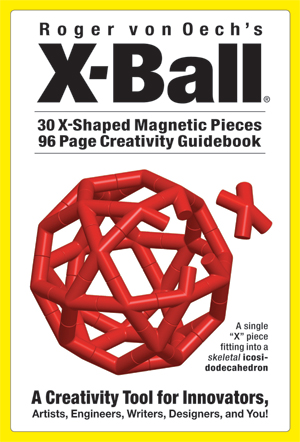 The
X-Ball
The
X-Ball
by Roger von Oech
It's a skeletal Icosidodecahedron. I can barely say it let alone describe or make one. But fortunately for all of us, Roger von Oech can and did! The X-Ball is the latest in Von Oech's growing store of creativity tools. Besides his Ball of Whacks featured in the July 2008 Firefly News Flash, he is also author of A Whack on the Side of the Head, which describes the creative process and offers exercises to flex inventive muscles.
The X-Ball I find even more engaging than the Ball of Whacks. There are multiple ways for the 30 magnetized X-shaped pieces to “snick” together and, if you choose to make some of the suggested shapes in the 96 page creativity guidebook, you'll find more challenges as you try to translate the two-dimensional diagrams into three-dimensional constructions. Like the Ball of Whacks, the X-Ball is intended to spark creativity by offering a hand-sized playground to distract your mind from its comfortable routinized thinking.
Fun for all ages, the X-Ball is smart enough to deserve a place in any high-class cubical. Combine it's pieces with those of your Ball of Whacks and you'll discover even more options for creative expression, novel ideas, and mental gymnastics!
Learn more at Roger von Oech's official site.
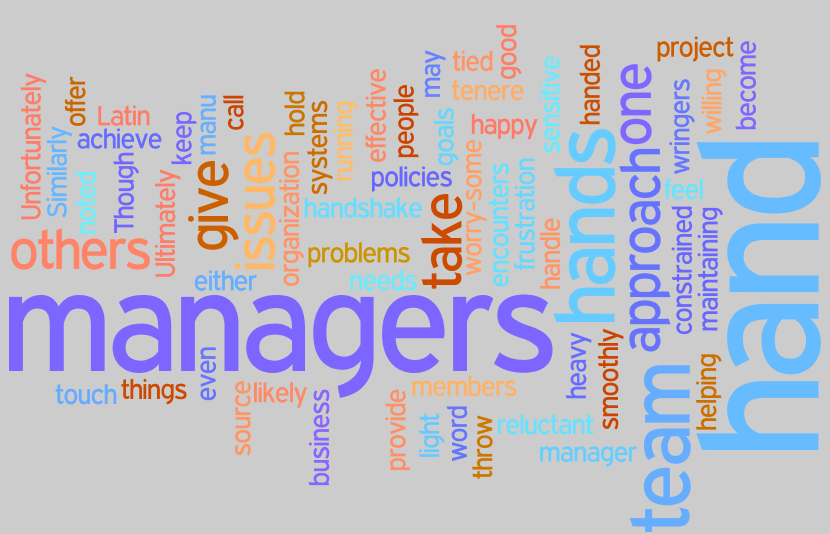 Get
a Handle on Your Job
Get
a Handle on Your Job
Notice the interesting connections between the way we talk about being a manager
and the way we use our hands? The following words all have the same Latin
root, manus, the word for hand: management, manual, manufacture, manipulate.
A manager is one we call upon to “handle” the issues that the business encounters. When people in the organization are the source of problems, some managers take a “heavy handed” approach while others are noted for their “light touch” with sensitive issues.
Similarly, some managers take a “hands on” approach while others are happy to “hand off” a project to their team members. They are willing to provide a “helping hand” if the team needs one but they may be more likely to offer or even give a hand so their team can achieve its goals. Though most managers would be reluctant to give a “hand out,” their “handshake” is as good as their word. Unfortunately, managers who are constrained by policies will feel their “hands are tied,” and they will either “throw up their hands” in frustration or become worry-some “hand wringers.” Ultimately, managers keep things running smoothly by maintaining (from the Latin manu tenere to hold in the hand) effective systems.
All these linguistic links between using our hands creatively and working as managers suggest some metaphorical ties that may, perhaps, expand our concept what being a manager can be. It suddenly becomes easier to see a larger role that we might play in our organization – whether our title is “Manager” or not!
If these ideas have led to any new thinking for you, we'd love to your thoughts!
(The image above was made by pasting the two middle paragraphs of Get a Handle on Your Job into the website www.wordle.net)
Grow Your
Brain
In the book Play (Firefly News Flash, June
2009), author Stuart Brown reveals that as the hand of early human beings
evolved and became more useful, the brain also grew more than three times
larger! Using our hands takes a fair amount of brain power. Brown also notes
that creatively successful engineers spent their childhood playtime building
things with their hands. They learned to be inventors and problem solvers
because they grew up manipulating the world around them.
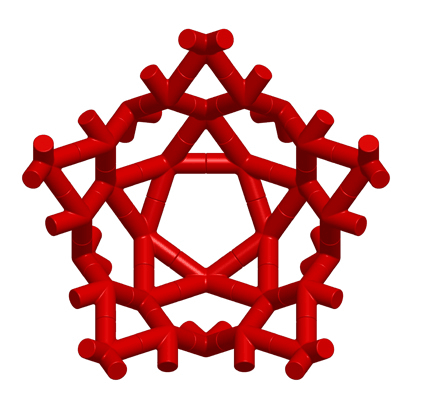 But
what if you didn't grow up like an engineer taking things apart and rebuilding
them? Is there a way to take advantage of all those hand-devoted neural resources?
Can using your hands increase your creativity? Is it possible to boost your
“inventiveness quotient” by playing with an X-Ball
(seen at right) or juggling scarves? I
don't know if you can grow your brain in later stages of your life, but you
can certainly use it more effectively. Current research shows that when we
use our hands, a different part of the brain is activated. Our thought patterns
jump onto an alternative track.
But
what if you didn't grow up like an engineer taking things apart and rebuilding
them? Is there a way to take advantage of all those hand-devoted neural resources?
Can using your hands increase your creativity? Is it possible to boost your
“inventiveness quotient” by playing with an X-Ball
(seen at right) or juggling scarves? I
don't know if you can grow your brain in later stages of your life, but you
can certainly use it more effectively. Current research shows that when we
use our hands, a different part of the brain is activated. Our thought patterns
jump onto an alternative track.
To demonstrate just how much your hand can dominate your brain activity, try this experiment right now: Sit flat footed. Lift your right leg and rotate your foot clockwise in a big circle. Keep it moving and, with your right hand, draw a huge number six in the air. Notice what happens. Your foot changes direction to follow the movement of your hand!
Why does your foot get out of sync? Is it because you are trying to complete two opposite motions with the same hemisphere of your brain? (Try the same movements with opposed hand and foot. Notice a difference?) Or is it because the hand commands more neural real estate? Whichever the reason, the will of the hand dominates – hands down!
So why not take advantage of what your hands can do? Build something, take something apart, mold clay, kneed bread, feel the texture of different cloth in a fabric store. Then, while your hands are busy, notice how they can move into any position you need, and how your marvelously dexterous fingers can exert just the right amount of pressure. Notice that when your hands are busy and productive, your brain is calm but alert. Perhaps you can enter a state of flow where your thoughts make their own surprising connections.
You may find yourself making serendipitous discoveries which turn out to be what you need to solve a problem. If that happens, – we'd appreciate hearing about it!
Mind
Mapping Ideas from You
Several readers had comments about our article last month on mind mapping
with Tony Buzan's iMindMap software.
Leslie
writes from Portland, OR:
I wanted to comment about outlines from a linear, but creative, mind. I have
morphed a process that is a combination of outline and mind map.
I love outlines, but as you expressed I don't always have all the ideas at hand. When I start writing an outline my ideas start to flow, so I add side lists in the margins so I can go back and capture them later and figure out where they fit. The way my mind works, unless I have the boundaries of time, I get too wild with the creative process and then there's no order for how to use the ideas I generate.
I think in Meyers-Briggs this is caused by my combination of Intuition and Judging styles. The intuition side of my character loves to explore ideas and go big picture, while the Judging side likes to have a plan/agenda and to make decisions (narrow down options).
James,
a semi-retired minister from Tempe, AZ, writes:
I used to put sermons together in the all-over-the-huge-page type notes. The
blank unruled paper had brief notes written every which way. I ended up with
lines looking like a road map after I had put things in logical order. Items
were numbered so I could then get them on paper and ready for the pulpit.
Now I've developed a different process. I put ideas in a half-sized ring binder and write on only one side of each sheet. Thoughts come to me all the time, even in the middle of the night, so I jot them anywhere I can. As soon as possible, I transfer the idea to my binder.
Eventually I'll decide on an outline of major headings and number every idea according to my outline. Then I get out the kitchen shears and physically cut up each page laying the ideas together with the appropriate outline heading. Once I sort each stack into a logical order I can go to my computer and input the whole thing. I realize this is more than 99 words, but I'm a preacher so I know I'll be forgiven!
Scott
Simmerman, management consultant known as “The Square
Wheels Guy,” offered a correction:
Buzan gets a lot of credit, but Evelyn Wood of the speed reading stuff was
actually the first to propose this learning system of "mind mapping." Tony
tried his best to prevent others from using "his" term but that all fell apart,
as I understand it.
(Note: My own research indicates that Wood did invent a visual note-taking
system first. Buzan seems to have built upon that system by adding illustrations
and specific rules for branching to create a unique, organic design for each
mind map. – Brian)
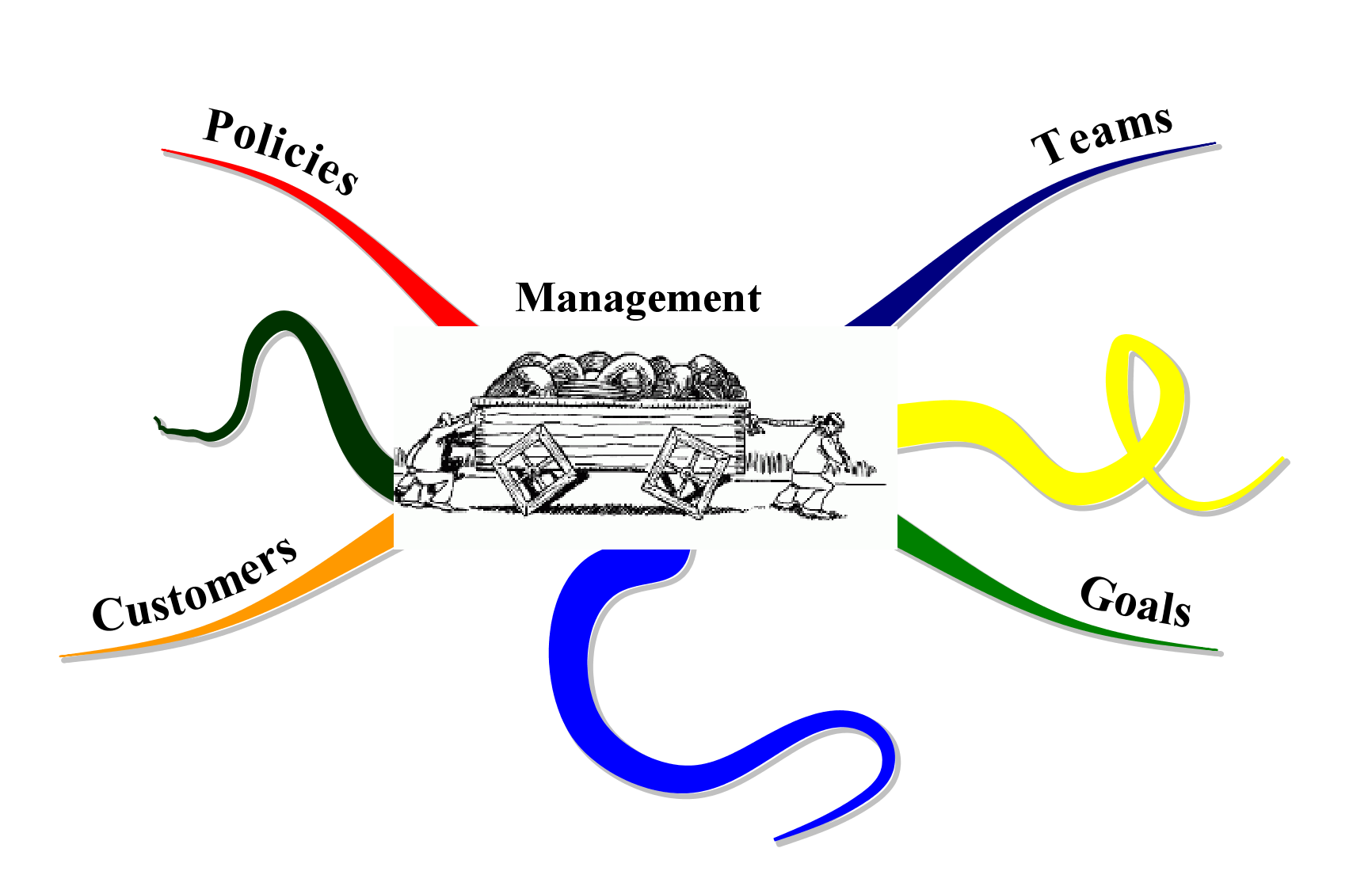 Scott
adds:
Scott
adds:
I have used my Square Wheels illustration as the basic start-up theme of a
mind mapping training program, since it is so general about "how organizations
really work" and the issues and opportunities. It also works like a Rorschach
inkblot linked to teamwork and systems and processes.
Inspired by Scott's illustration, I've created a mind map template for you. The central image shows people moving a square wheeled cart which is filled with round wheels. What does the image suggest to you and how does it relate to each of the branches? How would you label the three extra branches? Click on the image to download a PDF that you can use to organize your thinking around any system you wish (The image here is © Performance Management Company, 1992 - 2009. All Rights Reserved. Square Wheels® is a registered servicemark of Performance Management Company. www.squarewheels.com www.PerformanceManagementCompany.com.) Then a PDF of what you drew so we can share it with other readers!
Read previous
issues. Click Archives!
To add or delete your name to our mailing list, email
with a short note in the subject line.
We want this newsletter to be practical, succinct, and thoughtful. If you have suggestions about how we can meet these criteria, please let us know! Send us an with your thoughts and ideas.
Home
| Services
| Products
| Mission
| Ideas |
The Group
| The Buzz
(c)
2005 The Firefly Group